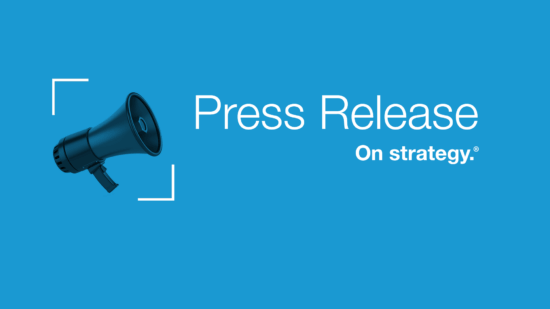
Examine the current economic complexities while considering consumer demand, corporate resilience, and interest rates to anticipate market risks in 2024.
The current economic landscape presents a complex puzzle, particularly when it comes to understanding the interplay between potential recession, the Federal Reserve’s policies, inflation, and the borrowing environment. Despite a series of data points that might suggest otherwise, a recession has not yet materialized. As we look ahead, the question remains not whether a recession will occur, but when.
Is the Recession Just Delayed?
As we entered 2023, the consensus among economists and market participants was that a recession seemed almost inevitable. The expectation was that high inflation, rising interest rates, and reduced consumer spending would lead to an economic downturn. Yet, as we near the end of the year, we find ourselves in a peculiar situation: many of the signals that typically precede a recession are present, but the economy has remained resilient.
GDP growth, while modest, has stayed in positive territory, and the labor market continues to add jobs at a steady rate. However, these headline figures mask underlying weaknesses. Consumer confidence has fallen, early-stage delinquencies are rising, and bank lending data shows a significant pullback. These are all signs of a slowing economy, but not necessarily an economy in recession.
One of the factors that may have delayed a recession is the massive amount of COVID-related stimulus that was injected into the economy. This stimulus disproportionately benefited lower- and middle-income consumers, who have been spending these savings, thereby propping up demand. However, as these savings are depleted and inflation continues to erode purchasing power, the resilience of these consumers is likely to diminish.
At the corporate level, the story is similar. High-quality, cash-rich companies have benefited from low interest rates in the past and are now earning more on their investments. On the other hand, small and mid-sized companies, which are the backbone of the economy, are feeling the squeeze from higher borrowing costs. As these companies struggle, their ability to hire and invest will diminish, contributing to the broader economic slowdown.
The Fed’s Inflation Target: Is It Flexible?
The Federal Reserve’s commitment to its 2% inflation target has been a cornerstone of its policy for over a decade. However, achieving this target has proven to be a formidable challenge. Inflation has only occasionally touched the 2% mark, often remaining below it for extended periods. The recent spike in inflation has flipped this dynamic, and now the Fed finds itself in a position of trying to bring inflation down from significantly higher levels.
There is speculation that the Fed may be willing to tolerate a higher level of inflation in the short term, particularly if it is driven by wage growth among lower-income workers. This could mean that the Fed might allow inflation to hover around 3% or even 4% if it views the underlying economic conditions as favorable. However, this approach carries risks. Allowing inflation to remain elevated for too long could entrench higher inflation expectations, making it harder to bring it back down in the future.
The Fed’s dual mandate—balancing price stability with maximum employment—adds another layer of complexity. With the labor market still strong, the Fed may be hesitant to raise rates too aggressively, even if inflation remains above target. This balancing act will be crucial in determining whether the economy can achieve a so-called “soft landing,” or whether the delayed recession will finally materialize.
The Rising Cost of Federal Debt: A Ticking Time Bomb?
Interest payments on the federal debt have nearly doubled in recent years, reaching $1 trillion in the second quarter of 2023. This surge in debt service costs has raised concerns about the sustainability of the U.S. fiscal position. The recent downgrade of U.S. Treasury debt by Fitch highlighted the risks associated with the growing federal debt burden and the political gridlock that has prevented meaningful fiscal reforms.
Despite these concerns, the impact on the fixed income markets has been relatively muted so far. One reason for this is the strong demand for U.S. Treasuries, which continue to be seen as a safe haven in times of uncertainty. However, if the supply of Treasuries continues to grow and interest rates rise further, this dynamic could change. Higher borrowing costs could lead to a deeper recession, which in turn would likely prompt the Fed to cut rates, potentially stabilizing the situation.
In conclusion, while the U.S. economy has defied expectations by avoiding a recession so far, the underlying risks remain. The delayed recession may still occur in 2024, driven by a combination of weakening consumer demand, struggling small and mid-sized businesses, and the potential for higher interest rates to exacerbate the federal debt burden. Investors should remain vigilant and prepared for potential market dislocations as these risks continue to evolve.
Discover more about:
More Insights

International Equity: The Power of Global Diversification

Thornburg Income Builder Opportunities Trust Announces Distribution

A Time for Active Fixed Income

Power of Global Diversification: Incorporating International Equity

The Next Market Shock? Key Risk Factors Investors Must Watch

